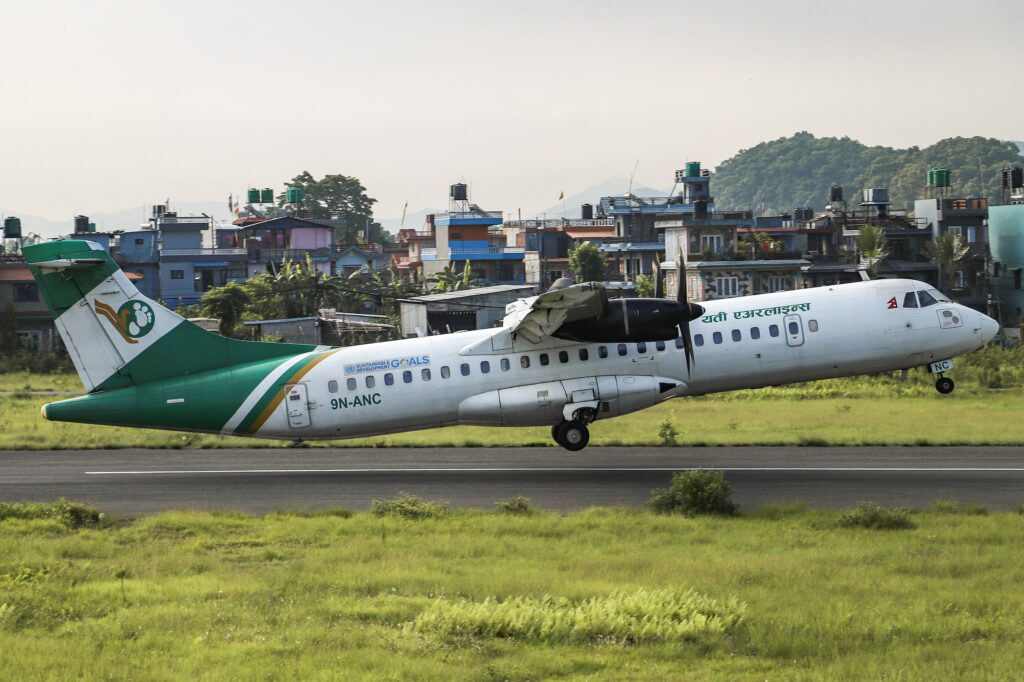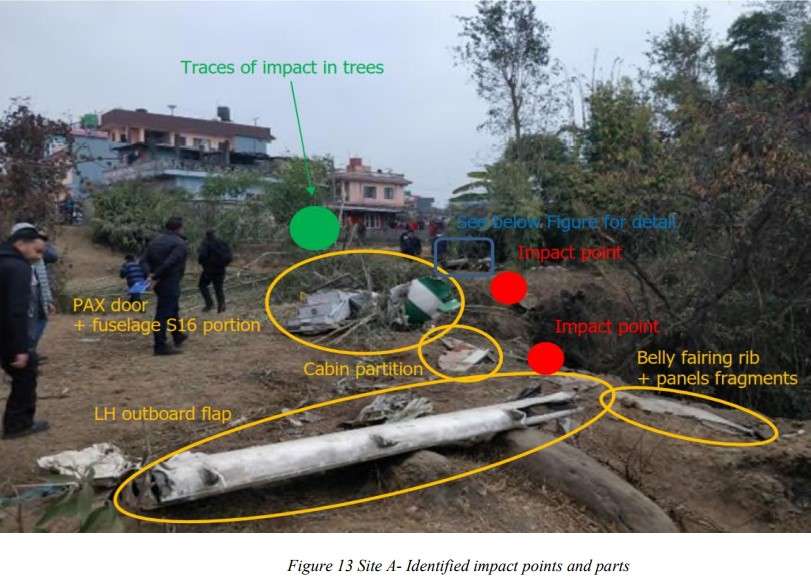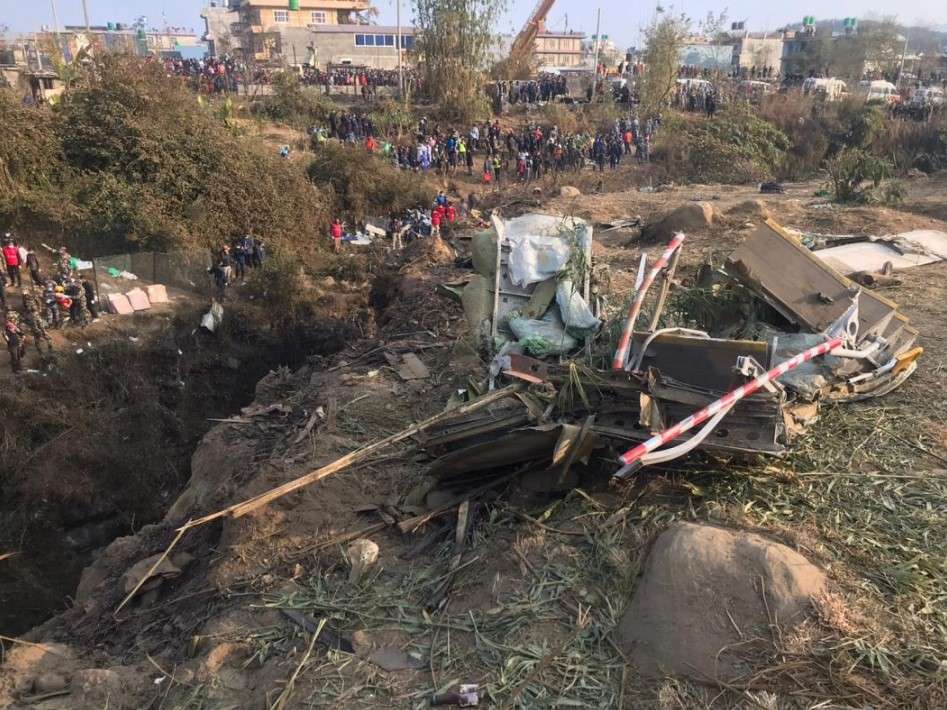Following an eight-month investigation, a Nepal enquiry commission has released its final report on the accident involving a Yeti Airlines ATR72 regional commuter aircraft at Pokhara.
The accident, which occurred as the aircraft was making its final approach to Pokhara International Airport, claimed the lives of all 68 passengers and 4 crew members onboard.
The final report attributes the fatal accident to human error.

Overview of the Incident
The aircraft in question, an ATR72-212A version 500 registration: 9N-ANC, was executing a routine flight from Tribhuvan International Airport to Pokhara International Airport.
The regional flight marked the flight crew’s third sector of the day, shuttling between Kathmandu and Pokhara.
[monsterinsights_popular_posts_inline]

Yeti Airlines – Final Approach Pokhara
During the final approach to Pokhara International Airport’s runway 12, the aircraft experienced a loss of control, leading to a catastrophic impact between the old Pokhara Domestic and the new Pokhara International Airport.
The severity of the impact rendered the ensuing crash virtually unsurvivable.

The Ministry of Culture Tourism and Civil Aviation, Nepal, promptly notified the International Civil Aviation Organization (ICAO), BEA France, NTSB USA, and TSB Canada, adhering to ICAO Annex 13 standards.
In response, the Government of Nepal established an Aircraft Accident Investigation Commission on January 15, 2023, tasked with identifying the Yeti Airlines accident’s probable cause and proposing preventive measures.
Probable Cause and Contributing Factors
The final report identified several contributing factors leading to the loss of control and subsequent crash.
Inadvertent Lever Movement in Flight
The investigation determined the primary cause of the accident to be the inadvertent movement of both condition levers to the feathered position during flight.
This led to the feathering of both propellers, resulting in a loss of thrust, aerodynamic stall, and ultimately, a collision with the terrain.

Contributing Human Factors
Several human factor issues compounded the situation:
High workload and stress, leading to the crew misidentifying and selecting the propellers to the feathered position.
The proximity of terrain necessitating a tight circuit for landing on runway 12, creating an unusual visual circuit pattern and increasing workload.
Lack of appropriate technical and skill-based training for the crew regarding the new airport and visual approach to runway 12.
Operational and Procedural Lapses
The report cited several operational and procedural lapses as contributing to the tragedy:
Use of a visual approach circuit for runway 12 without proper evaluation, validation, and resolution of associated threats.
Insufficient simulator training and classroom briefings for the safe operation of the flight at the new airport.
Non-compliance with Standard Operating Procedures (SOPs), ineffective Crew Resource Management (CRM), and a lack of sterile cockpit discipline.

Click the banner to subscribe to our weekly newsleter.

Click the photo to join our WhatsApp channel so then you can stay up to date with everything going on in the aviation industry!









